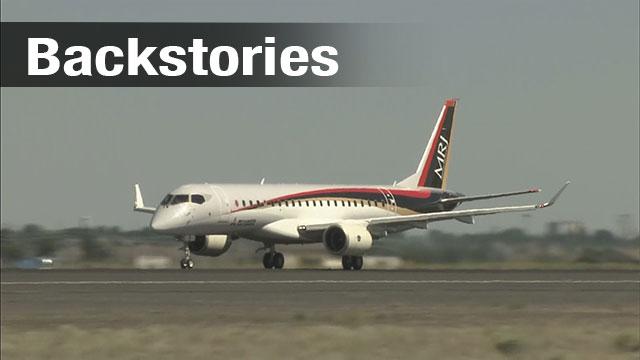The aircraft under development is called the MRJ, or Mitsubishi Regional Jet. Mitsubishi Aircraft opened the MRJ's test flights to media at its flight test center in the western US state of Washington. This was the first time the manufacturer provided media with photo opportunities in the United States and briefed them about its development. The MRJ can accommodate around 70 to 90 passengers. Mitsubishi says the aircraft is more efficient and quieter than those of its competitors.
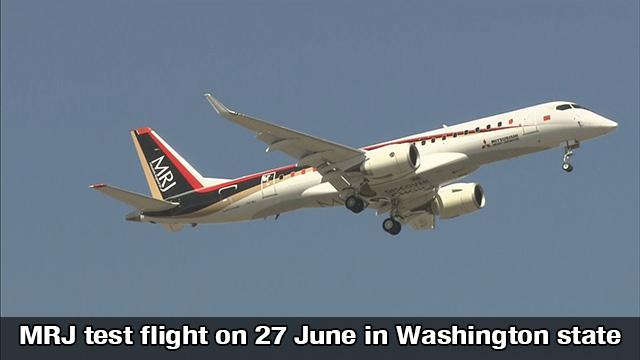
First Japan-made jet
The project is state-sponsored. It will be the first-ever passenger jet to be manufactured in Japan. Japan was banned from manufacturing aircraft for nearly a decade after World War Two.
Japan came up with the plan to develop the MRJ 10 years ago. Aviation authorities predicted at the time that the aircraft manufacturing industry would grow at a rate of about 5% worldwide annually. Japan's Ministry of Economy, Trade and Industry saw huge potential in the aviation industry.
The ministry concluded that even small- and medium-sized companies would stand to benefit from the industry, given the fact that an airplane uses about 100 times more parts than an automobile.
The ministry urged manufactures to expand into the new business after finding out it takes decades to reap profits. Building an aircraft takes years, and a huge initial investment is required. Manufacturers must put up with zero profit and sometimes no sales for decades.
Downsizing aircraft
The ministry also learned that small-sized aircraft like the MRJ would be a big hit in the coming years. In the 70s and 80s, airlines leaned toward larger aircraft, such as the DC10 and Boeing 747, known as the "jumbo jet." They were efficient and beneficial, because they could carry as many as 500 passengers on a single flight. The landscape changed in the 90s when smaller airlines including low-cost carriers were born after authorities around the world pressed ahead with deregulation.
Budget airlines started flying smaller airplanes at shorter intervals to compete with mega carriers. Airlines drastically downsized their fleets. Manufacturers simultaneously started developing smaller, more efficient airplanes.
From the late 80s through 90s, regional aircraft with a seat capacity of 30 to 50 hit the market. Among them were Brazil's Embraer EMB120 and Canada's Bombardier CRJ. Japan staked its future on the development of the MRJ.
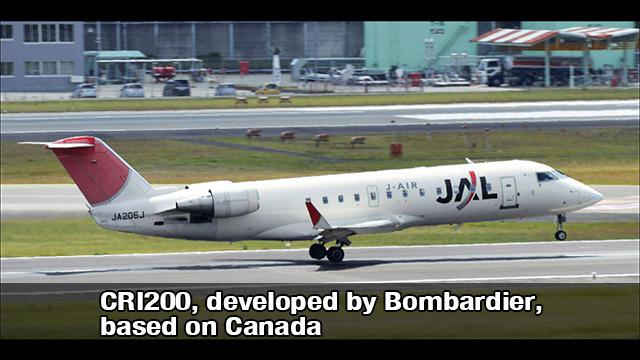
Type certification
But its path was tougher than expected, with a series of unexpected challenges. Mitsubishi has postponed the delivery of the MRJ to airlines 5 times. One crucial issue the company faces is type certification. Newly-manufactured airplanes must be certified by aviation authorities. The certification is given once the authorities are sure the aircraft complies with airworthiness requirements.
Mitsubishi has been struggling, as the standards for certification are not officially disclosed. In fact, many aviation journalists question whether solid standards exist.
This will be the first time for Japan's aviation authorities to grant type certification to passenger jets. My source has told me that the Japanese authorities have been in close touch with US authorities, asking about their standards.
Mitsubishi must also be certified by foreign aviation authorities as it plans to export the aircraft. Unlike major airplane manufacturers like Boeing and Airbus, Mitsubishi doesn't have the knowledge or experience to know how to pass the tests. The company recently started employing foreign engineers to deal with these setbacks.
The company was reluctant to hire foreign staff, since both the company and the ministry saw the project as being completed solely by Japan. Mitsubishi says the proportion of foreign engineers has risen to 30% from 10%.
Company executives say they hope to get technical assistance from them, as well as knowhow on how to pass the type certification tests. Mitsubishi says it wants to get the MRJ certified next year by both the Japanese and US aviation authorities.
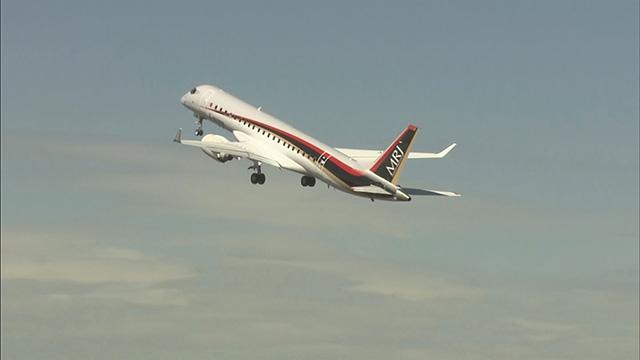
Mitsubishi suffers big loss
Repeated delays in development have dealt a big blow to Mitsubishi. The company had originally promised airlines it would start delivering the aircraft in 2013. Now, it says the earliest that will happen is 2020.
Mitsubishi has received 447 orders from domestic and foreign airlines, but US carrier Eastern Air Lines announced early this year that it would cancel its order as it was being acquired by a luxury private charter operator. Eastern Air had ordered 40 airplanes.
As a result of the delays, Mitsubishi is suffering an excessive debt of more than $900 million. With no income expected for the next couple of years, the company expects its debt to surpass $4.5 billion.
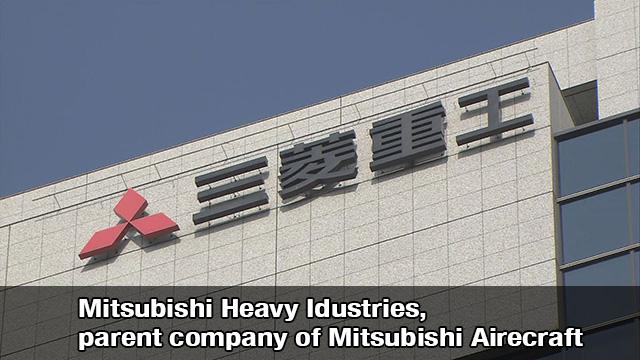
Grave threat to industry
In the meantime, rivals are receiving more orders. Major Japanese airline ANA, or All Nippon Airways, has ordered 25 MRJ aircraft. But the company and its subordinate have also ordered about 30 Airbus A321neo, aircraft similar to the MRJ in size and range.
Chinese manufacturers are also stepping up efforts to enter the market. They have already developed a regional jet similar to the MRJ called the ARJ21. The aircraft has not obtained type certification from US authorities, but it has already been certified by Chinese authorities.
The aircraft started carrying passengers in 2016. China is also developing another type of regional jet, which is scheduled to make its debut in 2021. China's participation in the aviation industry is seen as a great threat by foreign manufacturers.
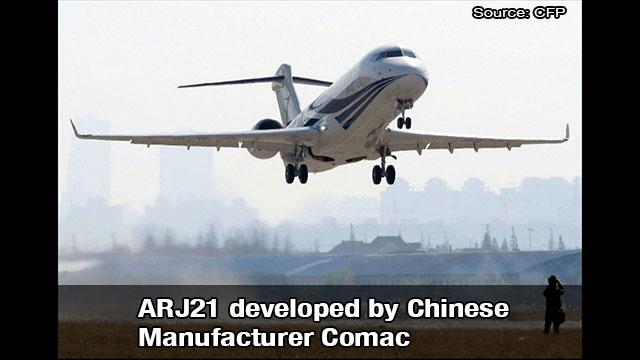
IATA, or the International Air Transport Association, predicts China will have the greatest number of air travelers in the world by around 2020, when it's set to surpass the United States. Competition among manufacturers attempting to enter the Chinese market is likely to intensify.
Mitsubishi thinks a further delay in MRJ development will put its business at risk. Experts say the blank period of aircraft development in Japan after the war has inconvenienced efforts to complete the homegrown jet.
